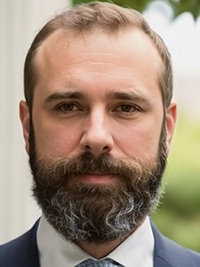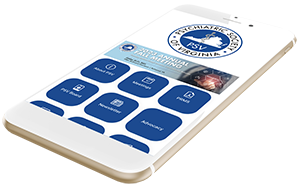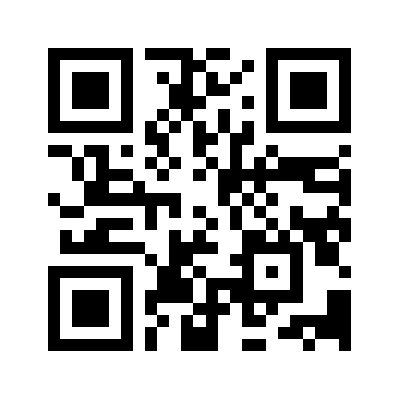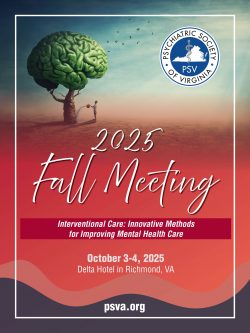By Jason Burton, MD
VCU Health System
Richmond, VA

A syndrome is a recognizable collection of signs and symptoms that may or may not have an established etiology. Sometimes, understanding these symptoms and their pathogenesis eventually updates the terminology to a defined disease. Pearce, when discussing medical terminology, remarked that many terms, such as “diseases,” “diagnoses,” and “syndromes,” are used imprecisely. He stated, “Syndromes are a fertile field for hastily considered ideas and spurious labels.”1 There are many syndromes where there is debate as to whether or not they even exist.
Even though many are hastily considered, spuriously labeled, or may not exist, I love syndromes, especially those involving the brain. Many syndromes evoke a sense of wonder about our inner universe and often lead me down research “rabbit holes,” which are usually unproductive, but are always enjoyable. I am looking at you, Gourmand Syndrome. A right-sided cerebral lesion that makes the person develop a preoccupation with “fine dining”. It might not truly exist, and is entirely unproductive to review, yet it is a delight to discuss and think about. Perhaps I can delve deeper into this possible excuse for expensive dinner bills next time.
While reviewing a patient with a medical student for a poster presentation at this year’s Psychiatric Society of Virginia’s Fall conference, I encountered one of my favorite syndromes: Charles Bonnet Syndrome (CBS). Many of us are familiar with or have encountered CBS, where someone with significant vision loss begins to experience visual hallucinations. Typically, visual hallucinations of small people or animals, known as Lilliputian hallucinations—a reference to the town of Lilliput in Jonathan Swift’s Gulliver’s Travels. However, the case I am reviewing involves a less common auditory variant of CBS that occurs when someone experiences hearing loss.
In the auditory variant of CBS, musical hallucinations appear in the setting of acquired hearing loss. The pathophysiology is not fully understood. One hypothesis suggests that diminished sensory input to specific brain regions creates a state of increased cortical excitability, leading to aberrant firing.2 Under this model, CBS is akin to the phantom limb syndrome of sight or hearing. Increased excitability leads to neurons firing, and your brain stitches together an experience from these discharges. This leads to visual hallucinations that are Lilliputian in nature or auditory hallucinations that are imperfect. In the case I am reviewing, the patient’s auditory hallucinations were of a “big band” warming up. Slightly off tune, but recognizable. While these hallucinations are often benign and transient, they can be long-lasting.3 This patient reported that the musical hallucinations had been ongoing for years.
Patients with CBS often do not have a history of psychotic disorders, and they maintain intact reality testing. People describe their hallucinations along a broad continuum, from pleasant to distracting to disabling. There are no agreed-upon diagnostic criteria for CBS and no definitive treatment guidelines. However, antidepressants, antipsychotics, antiepileptics, and anxiolytics have shown benefit, as have psychotherapy, psychoeducation, and hearing aid optimization.
I am drawn to Charles Bonnet Syndrome because it highlights how our brain can create experiences without external stimuli, leads to discussions about confabulation, and demonstrates how these hallucinated experiences occur in imperfect yet predictable ways. If you find this interesting, come see how this case turns out and be a part of the poster presentation discussion at the Fall PSV meeting in Richmond.
- Pearce JMS Disease, diagnosis or syndrome? Practical Neurology 2011;11:91-97.
- Nair AG, Nair AG, Shah BR, Gandhi RA (2015) Seeing the unseen: Charles Bonnet syndrome revisited. Psychogeriatrics 15:204–208
- Gilmour G, Schreiber C, Ewing C. An examination of the relationship between low vision and Charles Bonnet syndrome. Can J Ophthalmol. 2009 Feb;44(1):49-52. doi: 10.3129/i08-169. PMID: 19169313.




